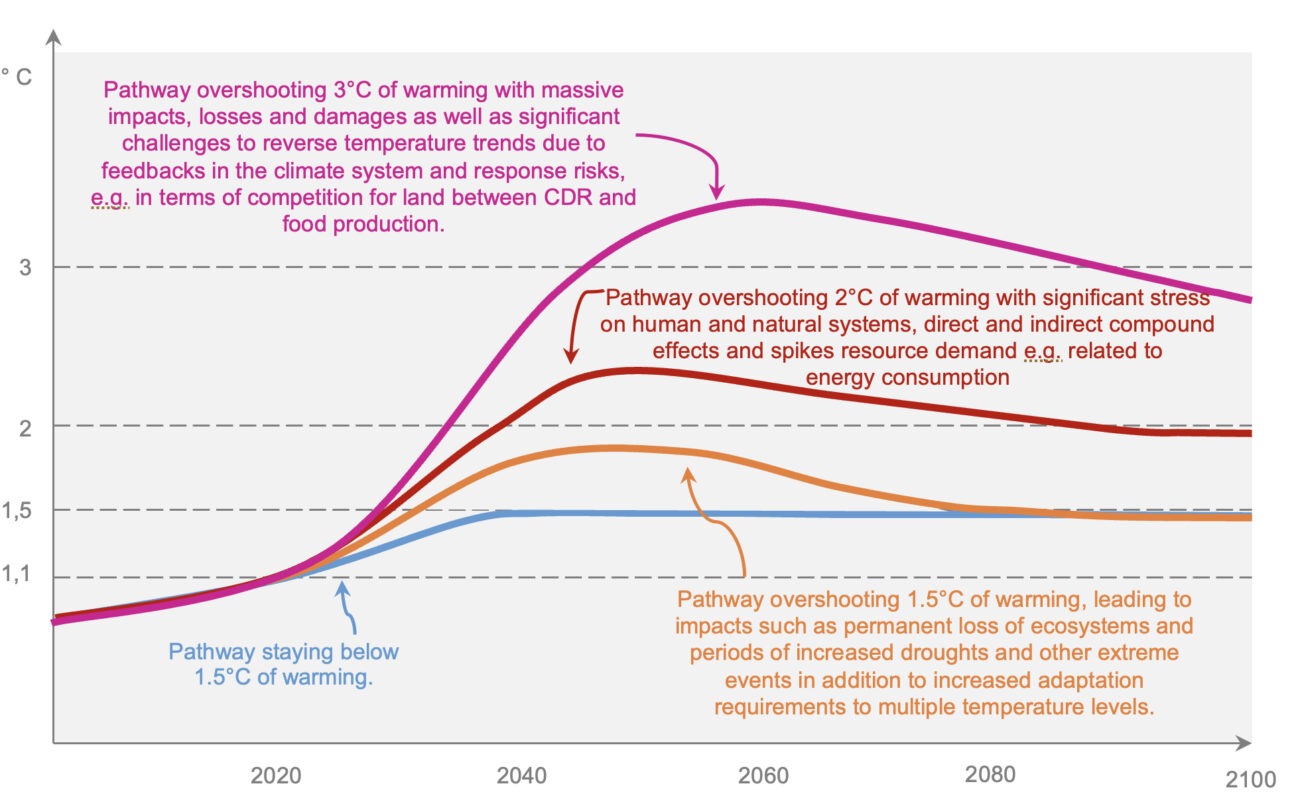JCM, Vol. 14, Pages 5865: Sedation and Analgesia for Intubation, LISA, and INSURE Procedures in Israeli NICUs: Caregivers’ Practices and Perspectives
Journal of Clinical Medicine doi: 10.3390/jcm14165865
Authors:
Rasha Zoabi Safadi
Ayala Gover
Naama Tal Shahar
Irit Shoris
Arina Toropine
Adir Iofe
David Bader
Morya Shnaider
Arieh Riskin
Background/Objectives: Early pain exposure in newborns is linked to negative short- and long-term outcomes. Preterm infants often require endotracheal intubation for mechanical ventilation or brief laryngoscopy for surfactant administration via Less Invasive Surfactant Administration (LISA) or Intubation–Surfactant–Extubation (INSURE). While premedication before intubation is well-studied, data regarding premedication for LISA/INSURE are limited. We aimed to explore premedication practices for intubation and LISA/INSURE procedures across Neonatal Intensive Care Units (NICUs) in Israel. Methods: An anonymous online questionnaire comprising 27 questions about premedication practices was distributed to neonatal caregivers in Israel. The questions addressed the use of premedication before intubation or LISA/INSURE, the existence of written protocols, pharmacological agents employed, and caregiver satisfaction with the medications used. Results: Questionnaires were collected between January and July 2023, yielding 69 responses from 20 NICUs. Almost all respondents (95.7%) routinely use premedication before intubation, but only 65.7% use it for LISA/INSURE. For non-emergency intubations, extremely low-birth-weight (ELBW) infants received premedication less often than the general neonatal population (75.4% vs. 95.7%, respectively). Most caregivers (91.2%) did not report increased procedure failure associated with premedication during LISA/INSURE. The vast majority of Israeli caregivers do not include muscle relaxants in their premedication regimen for intubation. Dual therapy regimens yielded higher satisfaction rates than monotherapy. Higher complication rates, particularly respiratory depression, were observed with Fentanyl, especially when used as monotherapy. Conclusions: Significant variations exist in premedication practices among caregivers across Israeli NICUs. Premedication is commonly administered for intubation but is considerably less frequent for LISA/INSURE, despite these procedures also being painful. ELBW infants received less premedication. Notably, muscle relaxants are infrequently used for premedication by Israeli NICU caregivers.
Source link
Rasha Zoabi Safadi www.mdpi.com


